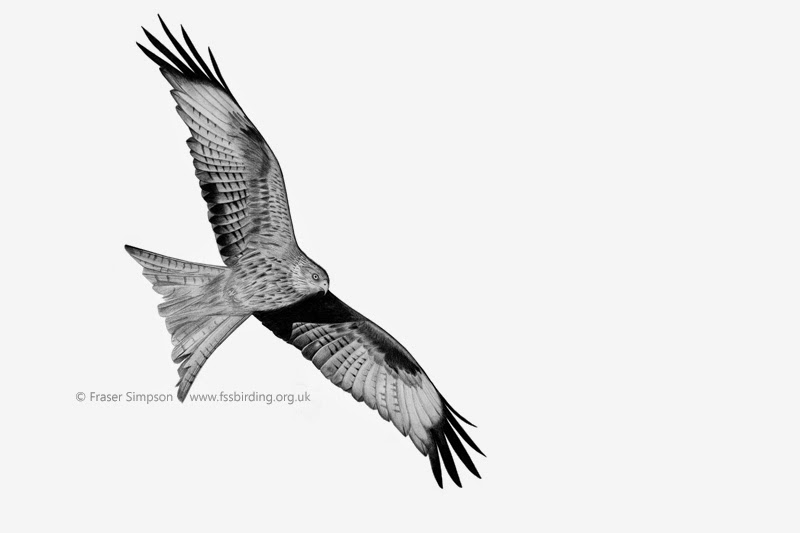Four months ago I moved to the side of the Thames near Rainham Marshes and immediately began listing from the living room window and unimaginatively termed the balcony The Observatory. The garden list in Scotland followed a simple but precise rule for counting. Birds had to occur within the boundary of the garden and below the level of the room, thereby allowing species like Swift to sneak on to the list. Now I am counting anything visible from the Obs which can be a mile or more away when viewing at 60X through the field scope. But most birds are either on the mud, heading up or down the river, or over Dartford Marshes. In four months I’ve already made it past the magical 100 species. The potential here is great and anything could turn up. True woodland species may be more difficult to see though and I’m still waiting on adding Song Thrush to the list – maybe I should listen for nocturnal migrants instead.
Here is a month-by-month summary of what’s been on view with the latest list here: www.fssbirding.org.uk/purfleet.htm
July
The 5th was the first day of proper observation and a male Marsh Harrier was the first good bird indicating the potential here. Passage or summering waders included Little Ringed Plover, Dunlin, Black-tailed Godwit, Greenshank, Whimbrel, Common Sandpiper, Sanderling (19th), Curlew, Redshank, Green Sandpiper, Ringed Plover, Oystercatcher and the first returning Lapwing on the 26th. Numbers of Yellow-legged Gulls increased as the month progressed, peaking at 88 on the 30th.
August
New wader species this month were two Avocets the 3rd, a Green Sandpiper on the 4th and a Bar-tailed Godwit on the 16th. Ringed Plovers peaked at 21 on the 25th. Tern passage on the 9th included 18 Arctic and 3 Sandwich, with Little Tern on the 15th and 23rd, and Black Tern on the 24th bringing the total to five species for the month. The first Barn Owl was recorded at dusk on the 26th.
September
The 1st brought the first returning Wheatear, Hobby, Great Crested Grebe, Long-tailed Tit and Grey Wagtail on the 2nd, and Snipe on the 6th – all new additions in the first week. Following another Black Tern on the 19th, two Avocets returned for the rest of the month, with four on the 29th. Five Whinchats dropped in on the 23rd, two Jays flew past on the 25th and the first Golden Plovers of the autumn were recorded on the 26th. Marsh Harriers began to make a more frequent sight this month.
October
This month was all about waders and owls in addition to several new species. Peak wader number included 151 Golden Plover on the 31st, 531 Lapwing on the 27th, 205 Redshank on the 24th, and 34 Black-tailed Godwit on the 26th. The first Short-eared Owls arrived on 17th, with two on the 23rd, and three on 25th and 31st. New additions included Redwing on the 8th, Kingfisher on the 10th, Stonechat on the 13th, Ring Ouzel on the 19th, Fieldfare on the 20th, Cetti’s Warbler on the 25th and Rock Pipit on the 31st.
November
A persistent thick fog on the first few days prevented any observation. Four Knot appeared on the 3rd, a Spotted Redshank was at Dartford Creek mouth while a Shoveler flew upriver on the 4th, and a Brambling flew south on the 12th. Wader numbers remained high with peaks on 224 Golden Plover on the 13th, 180 Dunlin on the 3rd, 176 Redshank on the 5th, and 445 Lapwing on the 18th, but the highlight was six Grey Plovers on the 24th. Other new additions included Little Grebe on the 3rd, Mistle Thrush on the 22nd, four Pintail on the 22nd, and a Lesser Redpoll on the 26th.
As the days shortened and the dull weather persisted, there was little light in the mornings before work to observe. Weekends were occupied by other matters but as the winter solstice approaches I look forward to the new year… with more light and birds. Update: Short-eared Owl, Marsh Harrier, Raven and Rock Pipit were noted on several days. A total of 108 species recorded between July 2015 and the year-end finished with three Goosanders upriver on Boxing Day. Lapwing peaked at 1063 on the 24th and Black-headed Gulls reached 3000+ on the 26th.




















